If you want to drink in an historic pub around Fleet Street, you won’t go thirsty, that’s for sure.
The place is literally awash with them. Probably the most famous of ‘em all is Ye Olde Cheshire Cheese; rebuilt shortly after the Great Fire of London, Grade II listed, supposedly patronised by Dickens, Pepys and other authors (https://historicengland.org.uk/listing/the-list/list-entry/1064662), but there are others probably just as historic and interesting, if slightly less subterranean in feel:
The Old Bell, Grade II listed, supposedly built by Sir Christopher Wren to house stonemasons working on St Bride’s church (the wedding cake spire one) (https://historicengland.org.uk/listing/the-list/list-entry/1064658);
The Punch Tavern, also Grade II listed, 19th century, stunning tiles and lovely interior (https://historicengland.org.uk/listing/the-list/list-entry/1268142);
Ye Olde Cock Tavern, also Grade II listed (https://historicengland.org.uk/listing/the-list/list-entry/1192621);
The Tipperary – Grade II listed too (https://historicengland.org.uk/listing/the-list/list-entry/1251734), but, apparently, nowhere near as historical as it claims to be: http://zythophile.co.uk/2018/09/27/the-tipperary-fleet-street-its-a-long-long-way-from-accurate-history/
But seeing as this series of posts is about ‘alternatives’ I’m going to big up two that maybe don’t have the same historical credentials as the others, but are outstanding for different reasons.
The first is pretty bog standard(ish) – it’s a Wetherspoons, for goodness sake! But its bogs are anything but standard: take a butchers* at these:
They are the pretty awesome ladies toilets in the Knights Templar on Chancery Lane. I can’t comment on the gents in this gaff, but my (male) mate was rather jealous when I showed him my pics of the ladies, so I’m guessing the gents isn’t quite as grand.
As far as I’m concerned, the pub’s worth visiting for the toilets alone, but then I am obsessed with toilets; maybe someone more discriminating than me would disagree…
And now for a pub with decor accessible to everyone, not just females desperate for a wee: The Blackfriar, by Blackfriars station:
It’s not as old as (some of) the pubs roundabout, by a long chalk, but, well, how’s this for an interior?
And the exterior’s not bad either:
You won’t be surprised to learn that it too is listed – Grade II*, in fact, which is posher than the Grade II of the pubs above. Here’s the Historic England listing: https://historicengland.org.uk/listing/the-list/list-entry/1285723
Unbelievably, it was threatened with demolition in the 1960s, until (poet) Sir John Betjeman started campaigning to save it.
And you would think that the Blackfriar’s owners, Nicholsons Pubs, would make more of a deal of the stunning interior on the pub’s page/s on the corporate website, wouldn’t you? But, they don’t: https://www.nicholsonspubs.co.uk/restaurants/london/theblackfriarblackfriarslondon/ So if you get chance, do try to check it out for yourself, in person.
(*Butcher’s hook – or Cockney rhyming slang for “look”.)

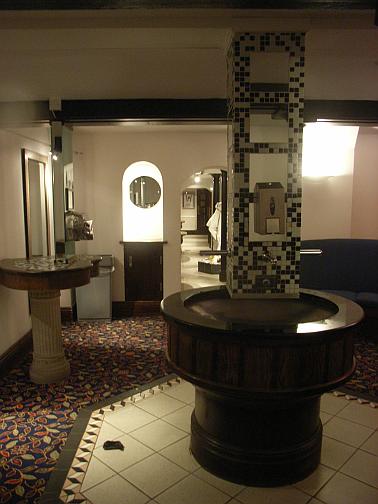

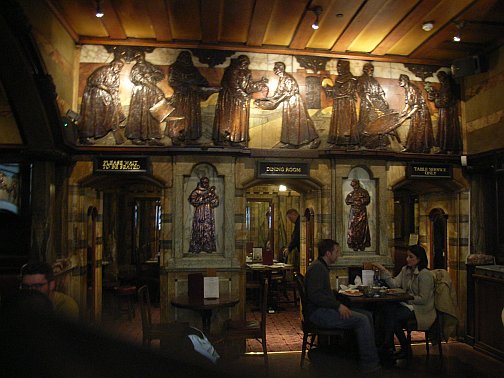
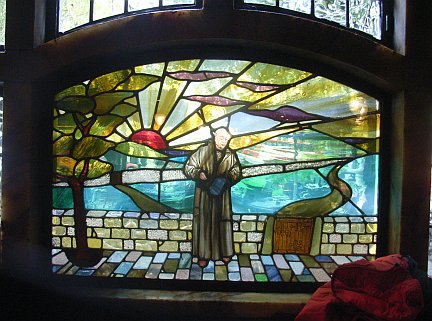

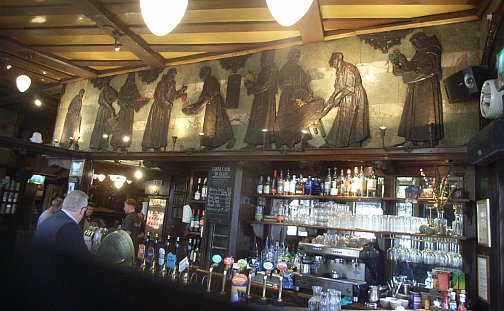

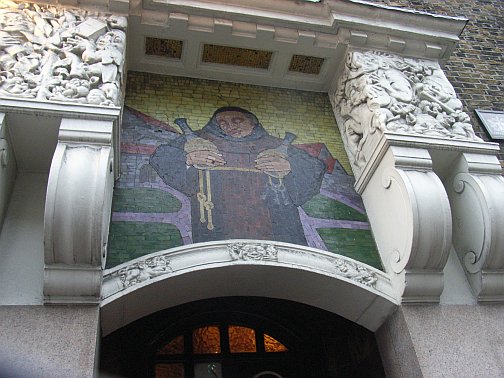
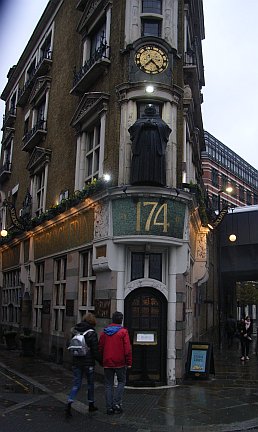

 I was a bit apprehensive, as I didn’t really know what to expect of the cycle ride, and, from the map, it looked like the chapel was down probably uninhabited dirt tracks, rather than roads.
I was a bit apprehensive, as I didn’t really know what to expect of the cycle ride, and, from the map, it looked like the chapel was down probably uninhabited dirt tracks, rather than roads.






 IS it truly wicked of me to wonder whether – ok, hope that – some poor person has wandered unsuspecting, and possibly tipsy, into Crystal Palace Park one evening and found themselves face-to-face with this?
IS it truly wicked of me to wonder whether – ok, hope that – some poor person has wandered unsuspecting, and possibly tipsy, into Crystal Palace Park one evening and found themselves face-to-face with this? They were created by sculptor and wildlife artist Benjamin Waterhouse Hawkins, and they were the first ever attempt anywhere in the world to model extinct animals as full-scale, three-dimensional creatures from fossil remains.
They were created by sculptor and wildlife artist Benjamin Waterhouse Hawkins, and they were the first ever attempt anywhere in the world to model extinct animals as full-scale, three-dimensional creatures from fossil remains.

 We know now, thanks to all the discoveries and research done since, that they’re not entirely (ahem) accurate, but they are still important enough for
We know now, thanks to all the discoveries and research done since, that they’re not entirely (ahem) accurate, but they are still important enough for 